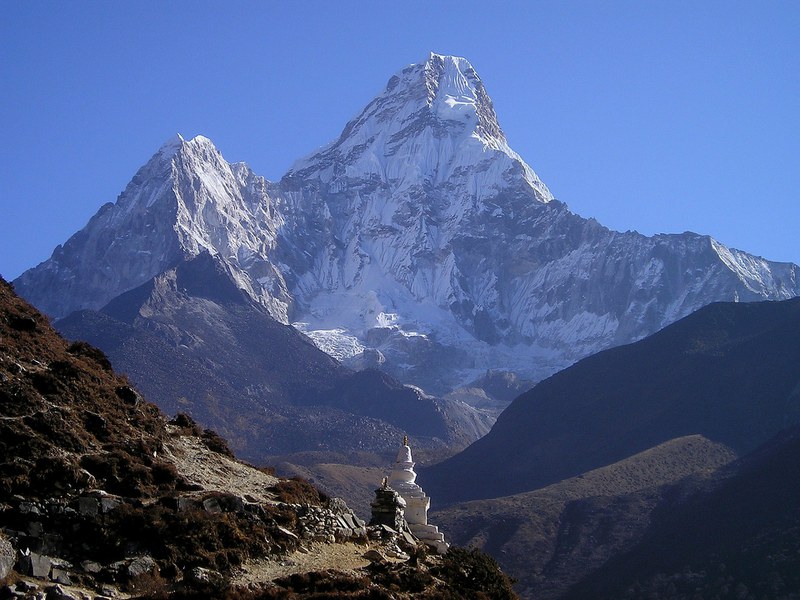Life on Mt. Everest may be impossible but life in Pennsylvania is more complicated

Asking why some organism lives in one place and not another may seem like a simple question. But like all questions that begin with “why,” you quickly run down a rabbit hole of epic proportions. In fact, attempting to answer this “simple” question blossoms into an entire field of study known as Ecology.
All organisms need food, water, and shelter and that can explain a lot of why some species live here and not there. No vertebrates persevere atop Mt. Everest. Sure, there is plenty of water in the form of snow but there is little shelter to protect against the frigid temperatures and the sustenance at 20,000 feet above sea level couldn’t sustain a mouse.
Most of the time it’s a lot more complicated. Especially when multiple species are involved. Things like exclusion and competition start to creep in. Take the bobcat and lynx. They don’t get along much with bobcats excluding lynx to regions with snow depths too deep for bobcats.
Indian cucumber-root (Mediola virginiana) does not occur throughout our study area. It is in the lily family and it is well-known that deer love to eat many species in this family of plants.
So is the distribution of Indian cucumber-root limited by deer? Or is something else keeping it at bay? That is a question Danielle Begley-Miller asked as part of her research.
Why is this question even important to us or to deer? Researchers have proposed that monitoring the abundance of plant species that deer love to eat could be a good indicator of the effect of deer on the ecosystem – few Indian cucumber-root on the landscape might indicate more abundant deer.
Danielle considered a number of factors that could possibly influence the presence (or absence!) of Indian cucumber-root which included
- Whether the plot was inside a deer exclosure
- Soil conditions (e.g., amount of calcium, pH, aluminum, etc.)
- Light availability
- Slope, elevation, and aspect (north or south-facing slope)
She found that two factors were most important in explaining the presence of Indian cucumber-root. First, the more light that was available on the forest floor, the more likely the plant was found in her plots. The graph below shows that as light levels increased (horizontal axis), the more likely a plot contained Indian cucumber-root.

However, it was more complicated than simply needing more light – it’s always more complicated. Danielle also found that as the amount of manganese increased, the less likely the plant would be present. The graph below includes manganese data. Even at the highest light levels, the percent of plots where Indian cucumber-root was present never exceed 60%.

What does this mean?
Manganese in small amounts is an essential metal needed for cellular processes in all living things. However, at high levels it is toxic. When soils are acidic and manganese is present, it becomes more available to plants at levels that may be toxic.
Adding more data to this complex puzzle, Danielle found that at high levels of manganese, it was unlikely for Indian cucumber-root to be present even when light levels were high. At the highest light levels, it occurred less than 10% of the time.

Do deer not affect Indian cucumber-root? Is it all soil chemistry and sunshine? Two things that we have little to no influence on.
No, it just means we do not live atop Mt. Everest and life is more complicated. As always.
Deer do love to eat Indian cucumber-root, but its presence or absence may not have any relationship to them but instead where they lay their roots!
-Duane Diefenbach
If you’d like to read all the gory details of Danielle’s research, it is available here.
If you would like to receive email alerts of new blog posts, subscribe here.
And Follow us on Twitter @WTDresearch